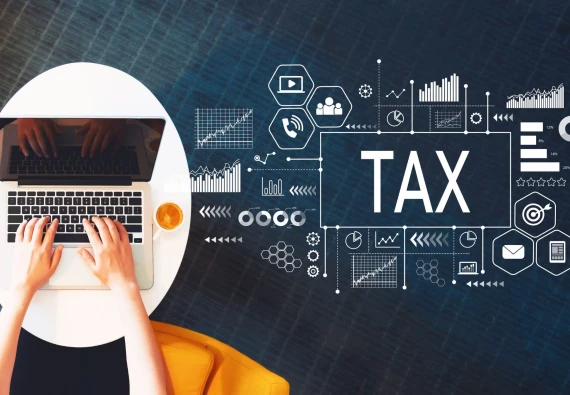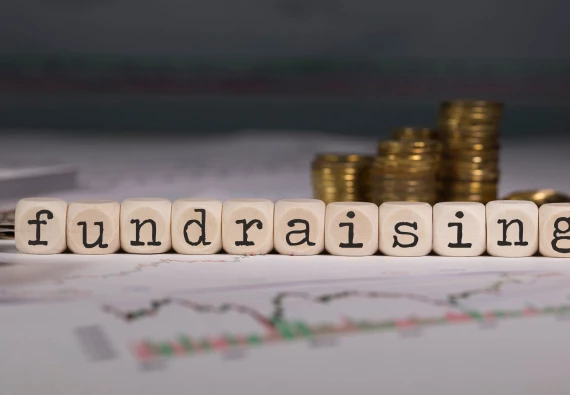It’s 2020 and the once-eschewed special purpose acquisition companies (SPACs) are back in style. Private companies, unsure about their prospects in a traditional IPO with the current COVID environment, are increasingly relying on SPACs as a cheaper, faster way to go public.
At a high level, SPACs are formed as follows: (1) sponsors (notably Wall Street financiers) form an empty shell corporation and file with the SEC to go public, a simpler process for brand new shell companies with essentially no operations; (2) the sponsors raise capital from investors with the express purpose of using investor funds to acquire private companies; (3) the sponsors find a private company to acquire and deploy investor funds for the acquisition; (4) the private company merges into the public SPAC vehicle and becomes itself a public company through this reverse merger process.
SPACs offer several benefits to both investors and private companies. For investors, SPACs allow investors “early access” to IPOs of potentially promising private companies, at perhaps a discount. Also since investor approval must be secured before the sponsors can actually acquire a target company (and any non-consenting investor is entitled to full refund of their investment if they disagree with an acquisition), initial SPAC investments are essentially low-risk to the investor with possibility for high upside potential. For private companies, SPACs provides companies an often times cheaper and faster alternative to IPO (and the liquidity and access to the public markets that come with it) along with an already built-in capital source through the pre-existing SPAC vehicle and investors—all while essentially eliminating the need for private companies to appropriately time the market for a home-run IPO, which can sometimes be a risky “go big or go home” moment for many companies. Thus SPACs can work well for companies that have complicated histories and businesses that would be difficult to sell to investors in traditional IPO offerings.
That said, SPACs don’t come without risks. SPACs have a traditionally bad reputation among investors, especially in the early 1980s, for being associated with fraudulent activity and acquisitions of underperforming companies, enriching only the sponsors who may charge and collect fees regardless of how the SPACs and their target acquisitions perform. According to Bloomberg, SPACs have consistently underperformed traditional IPO companies, although SPAC returns in recent years have increased and the gap is closing, in the short-term at least. Many SPAC proponents believe that the “new era” SPACs are different from their predecessors in that given the uncertain market environment, there are a lot more promising private companies that could benefit from SPAC acquisitions than in the previous decade.
Some recent high-profile examples of recent SPAC deals include Richard Branson’s Virgin Galactic and DraftKings.
With the rise of SPACs, one can’t help but wonder the implications of these SPACs on the market and what it’s signaling. For example, are these SPACs becoming a viable alternative for companies to go public and raise capital in an otherwise difficult environment—and will they finally start generating sufficient returns to challenge the traditional IPO model? Or do these SPACs reflect a sense of investor desperation to squeeze some last bit returns from a market that may be on its last legs in a cycle? Only time will tell.
DISCLAIMER: The subject matter discussed above is constantly evolving and may change on a frequent basis. The information contained in this post is for general education and informational purposes only. It should not be construed as legal advice or as creating an attorney-client relationship between the reader and TKN Law.





